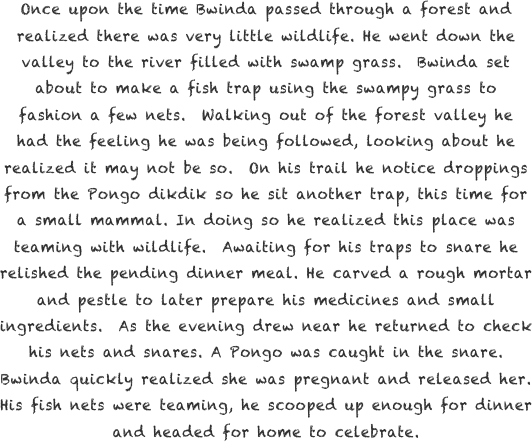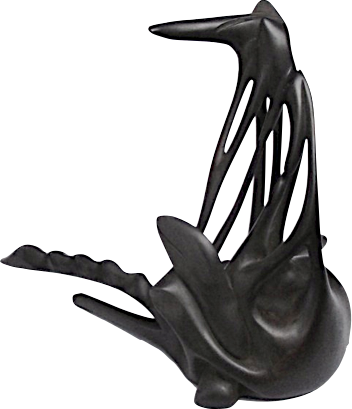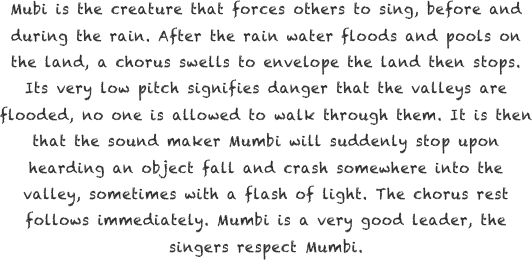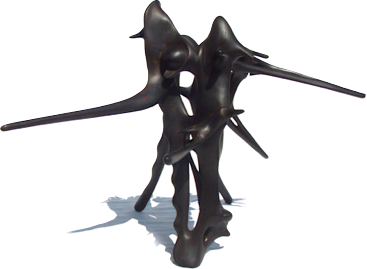Sanaa Art Gallery
Hamedi Athumani



Number
1


“When I have a piece of wood I never know what I am going to get out of it. I just start and slowly the wood teaches me what it wants to be. I work as long as I feel that the figure, which can develop itself under my hands, is happy. Sometimes I dream of this sculpture and I feel and know more about it.“






The Mpingo African Blackwood (ebony) tree has long been over-harvested across the continent to obtain its dark, lustrous heartwood. The wood is greatly
prized by carvers.
Although African Blackwood is still relatively abundant in South-East Tanzania, illegal logging is widespread, and very poor, forest-dependent communities generally receive little benefit from logging on the land around their villages.
According to Tanzania law sellers of Ebony Wood require:
-
 Certified source of Mpingo
Certified source of Mpingo -
 Trader and Dealer in Forestry Produce Registration
Trader and Dealer in Forestry Produce Registration
Gibb’s Farm Makonde carvings are ethically produced and sold.
The Sanaa Art Gallery is registered, the wood certified. Much of the merchandise available in the Gibb’s Farm gift shop supports the community.
Most sellers of hard woods and Makonde carvings in our area are not registered nor is their ebony wood certified. Please help us set the example of responsibility
and sustainability.




Number
2





Number
3







Number
4







Number
5







Number
6






Number
7




$ 950
$ 2900
$ 2900
$ 4000
$ 2500
$ 650
$ 550
New Tourism & the Harmony Project, All rights reserved.
Copyright © 2004 - 2012
African Living Spa, and Living Spa ® are registered/trademarked.